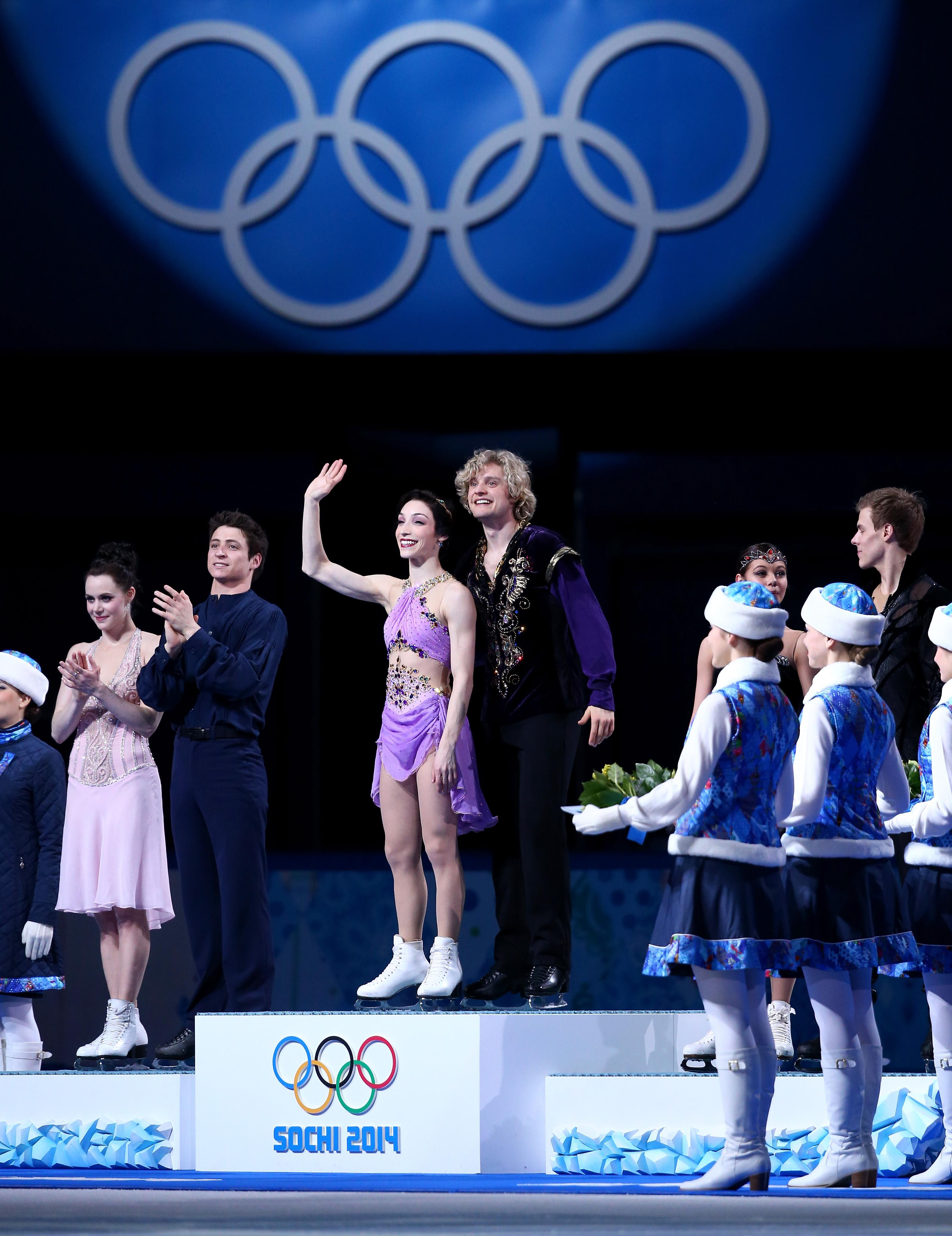Figure skating at the Winter Olympics always captures hearts, blending athleticism and artistry in a captivating spectacle. Among its disciplines, ice dancing often sparks debate, with some questioning its status as a true sport. Yet, ice dancing holds a unique charm, drawing viewers into a world of intricate партнерство, expressive storytelling, and breathtaking grace on ice.
While traditional figure skating emphasizes jumps and технічні елементи, ice dancing prioritizes партнерство, synchronized movement, and narrative interpretation through dance. Unlike singles or pairs skating, ice dancers cannot perform throws or空中升降機, shifting the focus to footwork, transitions, and the seamless integration of movement with music. This distinction sometimes leads to comparisons with ballroom dancing, albeit on a slippery stage.
The debate about ice dancing often revolves around athleticism versus artistry. Critics, like the author of the original article, sometimes view it as less athletic compared to other Olympic sports, particularly the high-flying acrobatics of freestyle skiing or the raw speed of speedskating. They might point to the costumes, the theatricality, and the emphasis on presentation as elements that overshadow the athletic rigor. Johnny Weir’s comment about rarely watching a free dance highlights this sentiment.
 Silver medalists Tessa Virtue and Scott Moir of Canada and gold medalists Meryl Davis and Charlie White of the United States. Photo by Ryan Pierse/Getty Images
Silver medalists Tessa Virtue and Scott Moir of Canada and gold medalists Meryl Davis and Charlie White of the United States. Photo by Ryan Pierse/Getty Images
However, dismissing ice dancing as merely “Skating with the Stars” overlooks the immense physical and technical demands of the discipline. Ice dancers are elite athletes who undergo years of rigorous training to achieve Olympic level. Their programs require incredible stamina, strength, and precision. Maintaining close proximity to their партнер while executing complex step sequences, lifts (within specific restrictions), and twizzles at high speed demands exceptional core strength, balance, and coordination. The “twizzle,” often cited with amusement, is in fact a challenging, multi-rotational turn on one foot that requires pinpoint accuracy and speed.
The 2014 Sochi Olympics showcased the compelling drama inherent in ice dancing, particularly the rivalry between American duo Meryl Davis and Charlie White and Canadians Tessa Virtue and Scott Moir. Trained by the same coach, their close competition added an extra layer of intrigue. Davis and White’s historic gold medal win, the first for the United States in ice dancing, captivated audiences and demonstrated the high stakes and emotional investment in the sport. The intense scrutiny and even controversy surrounding judging, as highlighted by the Canadian press’s reaction to the short program scores, further underscore the passionate following and competitive nature of ice dancing.
Beyond the athletic debate, the artistry of ice dancing is undeniable. It is a discipline that allows skaters to express themselves creatively through movement and music. The costumes, often criticized for being “tacky,” are an integral part of storytelling, enhancing the character and narrative of the performance. Choreography in ice dancing is far from “cheesy”; it is a sophisticated art form that requires skaters and choreographers to blend technical elements with emotional expression, musicality, and партнерство synergy. The use of diverse musical themes, from classical pieces like “Swan Lake” to contemporary scores, demonstrates the breadth of artistic interpretation within ice dancing.
Commentators like Johnny Weir and Tara Lipinski, while sometimes humorous in their observations about costumes and theatrics, also acknowledge the technical nuances and athleticism within ice dancing. Their commentary highlights the dual nature of the discipline – a blend of sport and performance art. The requirement for skaters to maintain close proximity, the precision of step sequences, and the speed of transitions are all elements that demand athletic prowess, even as the overall impression is one of grace and artistic expression.
Ultimately, ice dancing’s appeal lies in its unique combination of athletic skill and artistic storytelling. It may not possess the same overt “extreme” athleticism as some other Winter Olympic sports, but it demands a different kind of strength, precision, and endurance, coupled with exceptional artistry and партнерство. Whether viewed as pure sport or theatrical spectacle, ice dancing continues to fascinate and entertain, carving its own distinctive niche within the Olympic Games and the broader world of figure skating. It offers a captivating display of human movement, музика, and emotion, proving that athleticism and artistry can indeed dance together on ice.
